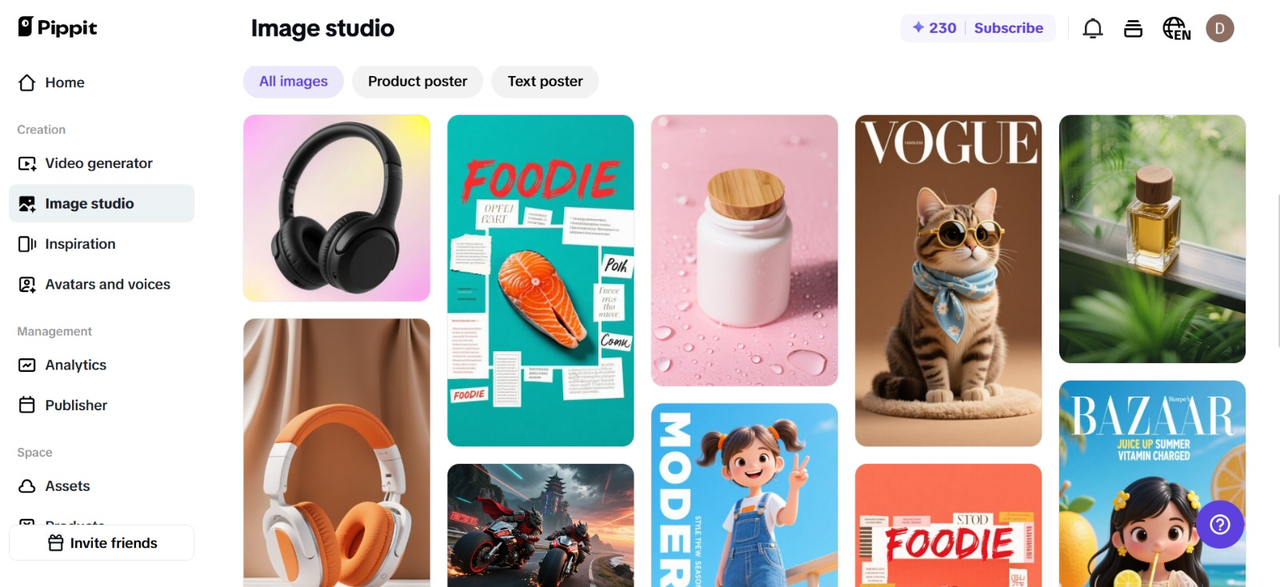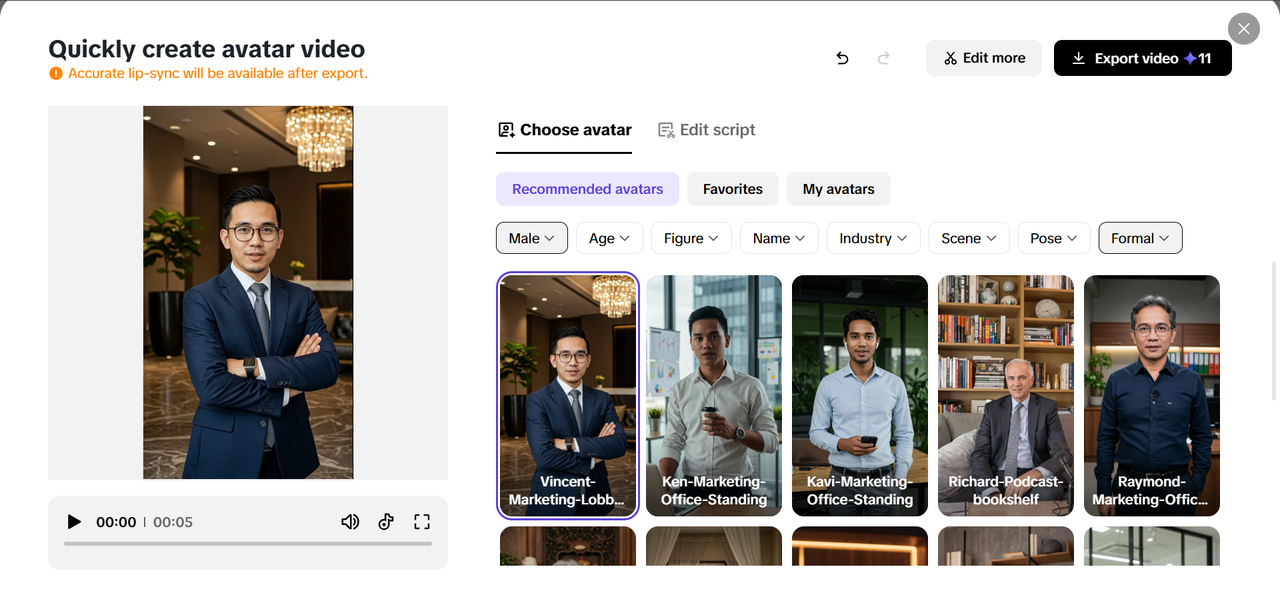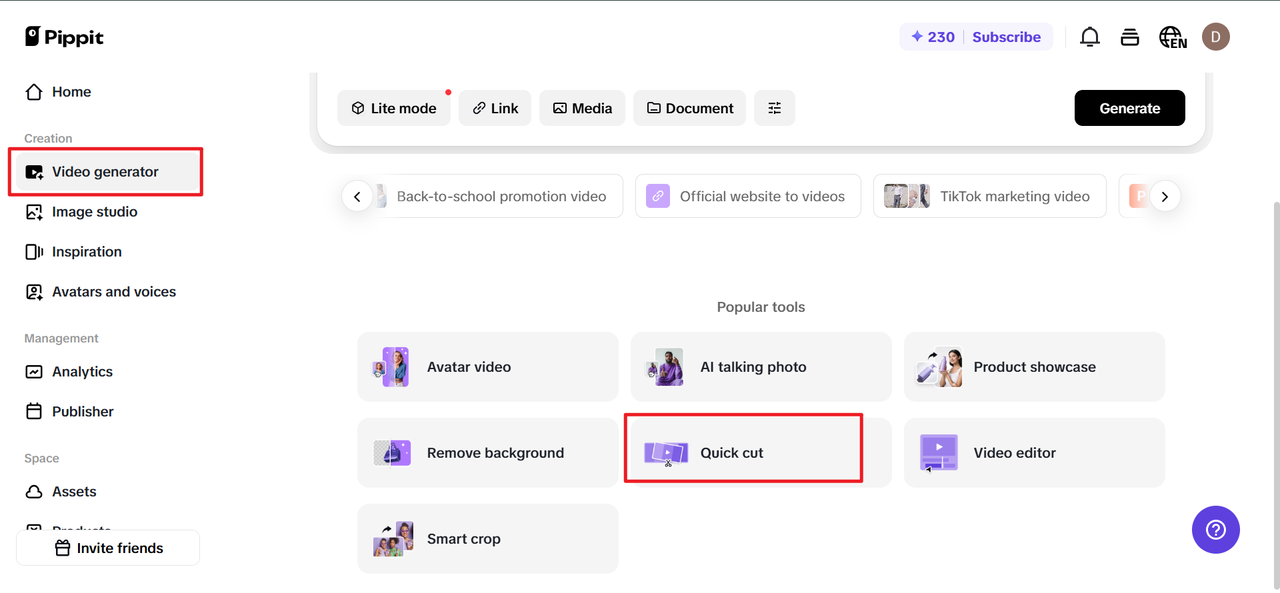Going viral is like winning the internet lottery. But what if that momentum vanishes in an instant overnight due to a single mistranslated word? Several brands have learned the hard way that going global is not just about exporting content. What often distinguishes international success and instant backlash is how well a campaign can speak the local language — in both its literal and cultural senses.
That’s where Pippit steps in. Using its AI video generator, creators can create localized, multilingual videos that resonate without forced phrasing or cross-cultural missteps.

But to get a glimpse of why this is important, let’s look at tales of campaigns that took off online, only to trip into translation pitfalls that destroyed all their buzz.
When a slogan goes bad
Occasionally the most memorable lines fail outside their domestic market.
- A clothing brand’s sexy tagline intended to honor independence was rendered as a phrase indicating selfishness in another language. The promotional message of empowerment was soon criticized.
- A drink company’s lighthearted slogan regarding “refreshing spirit” unintentionally read like “reviving ghosts” when it rolled out in Asia, triggering bewilderment rather than thirst.
- A car company launched a new model with a name that, in another nation, was slang for “broken.” Sales came to a halt before the car made it into showrooms.
The moral? Subtle cultural differences can make slogans go from genius to disaster.
When images and captions clash
It’s not only the words — sometimes, incompatible images and captions sabotage the entire tale.
Picture a sentimental ad of a parent embracing their child. The planned subtitle? “Always here for you.” The literal translation? “Always near your body.” An emotional moment that was supposed to evoke feelings ended up inspiring memes instead.
Here’s another: a flying commercial with silky aerial shots and the subtitle “Fly comfortably.” To bad it went out as “Fly uncomfortably” in another part of the world, confusing travelers.
These mistakes are avoidable with the proper tech. Through the use of lip sync AI in combination with translations, creators can ensure that audio, captions, and visuals stay in sync, making emotion as understandable as words.

When campaigns disregard cultural context
Literal translation is not enough. Without cultural translation, campaigns can sound tone-deaf.
- An international fast-food company aired an advertisement that used humor that was effective in the U.S. but made reference to taboos in another nation, resulting in a boycott.
- A holiday commercial including snow and reindeer was deployed in areas where they are meaningless symbols, so it didn’t resonate with the local crowd.
- A cosmetics company introduced a “natural glow” campaign in one market, but in another, the phrase conflicted with ideals of beauty in that culture, and the response was outrage instead of buzz.
Context is key. Without context, even impeccably translated language can fall flat.
When bad translation kills momentum
Going viral is not about timing alone. Mistranslations, however, do not just cause embarrassment — they stall campaigns. The global, simultaneous feel of the launch gets lost in corrections, clarifications, and apologies. When the dust finally settles, buzz is lost.
That’s why contemporary creators utilize such tools as Pippit’s video translator to ensure their rollouts are precise and free from mistakes. Well-translated campaigns reach out to people anywhere and at once, sustaining momentum rather than losing it to corrections.
No more viral to vanish with Pippit’s translated video campaigns
Step 1: Open the video generator and quick cut
Log in to your workspace and navigate to the Video Generator. From the left-hand menu, select Quick Cut to open up the editing studio. This is where all your language magic happens.

Step 2: Insert your video, then auto-caption and translate
Upload your video file and let Pippit do the work for you. Tap Auto Captions to automatically create subtitles, then tap Translate to translate them into your chosen language. It’s quick, neat, and voice-ready.
Step 3: Text-to-speech, audio cleanup, and export
Now click Text to Speech and choose Apply to All so each translated line is brought to life. Go to the audio section, split the original audio, and remove it to prevent overlap.
When your new multilingual version is ready, simply click Export to download or share with the world.
Why smart translation builds lasting trust
Audiences don’t watch content — they understand it. If something feels like it doesn’t belong, they tune out. But when everything is linguistically and culturally in harmony, audiences feel heard and respected. And that creates loyalty, repeat view, and word-of-mouth expansion.
Excellent translation is not only a defense mechanism; it’s a recipe for long-term success.
The comeback story: how smart translation revives failed campaigns
Not all mistranslated campaigns need to remain buried. There are some companies that have been able to revive their ads with improved cultural sensitivity and more intelligent localization. Through collaborations with native speakers, leveraging the utility of a video translator for precision, and relying on context-aware dubbing, they’ve been able to convert embarrassment into opportunity.
A bombed joke in one market can be a more potent, more connected story in another when crafted carefully with adaptation. The most important thing is to take the error in stride, learn from it, and spin the tale so audiences are respected instead of disregarded. In so many ways, the best comeback ads are the ones that involve humility, imagination, and an openness to listening.
Ending up: don’t let mistranslation erase your success
A promising campaign might go viral for all the wrong reasons due to poor translation. However, creators don’t have to risk their worldwide reach if they have the correct technologies. Pippit helps you make your information resound globally by translating, localising, and synchronising it. It maintains campaigns looking fantastic and culturally appropriate, from voiceovers to captions.
Pippit is the key to doing it right the first time if you don’t want your next big thing to become yesterday’s news.
Related Articles:
– A Comprehensive Guide to Understanding Artificial Intelligence
– How to Create High-Quality Digital Art Using AI Image Generators
– Adding a Human Touch: Narrations with AI Avatars in CapCut
– The Remote Blueprint: Key Strategies for Establishing a Virtual Company
– Video Creation Is Changing – Here’s How to Keep Up

